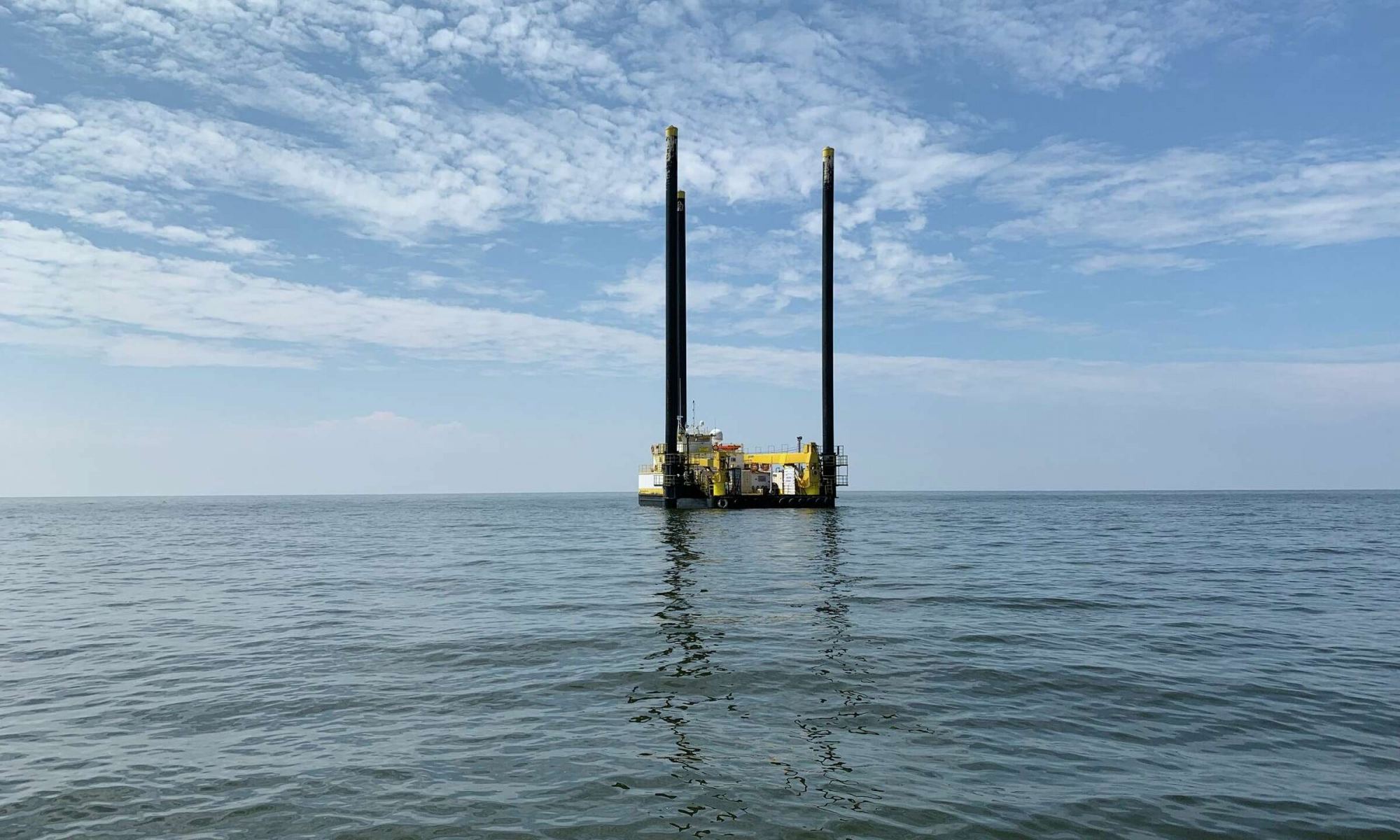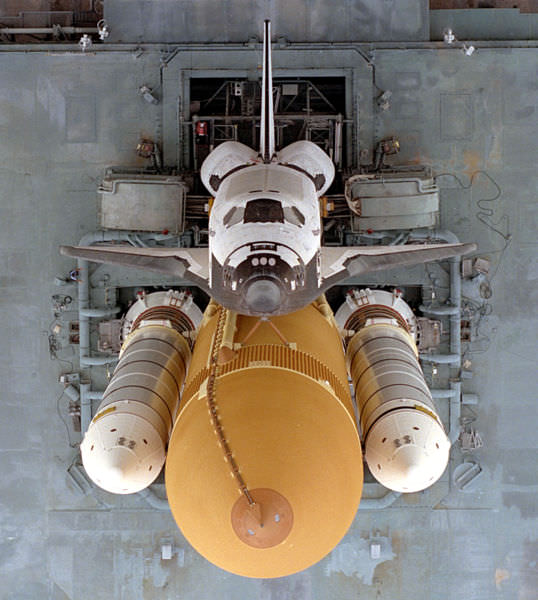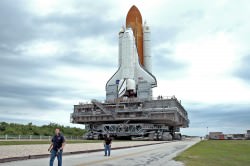The commercial space sector (aka. NewSpace) is one of the fastest-growing industries of the 21st century. In the past twenty years, what was once considered an ambitious venture or far-off prospect has become a rapidly-accelerating reality. Today, companies are conducting launches using their own rockets and spacecraft, often from their own facilities, to send everything from satellites and cargo to astronauts (commercial and professional) into space. The growing number of launch providers has also led to a dramatic increase in demand for launch-related services.
This includes retrieval operations designed to provide launch flexibility and safe retrieval. This is the purpose behind The Spaceport Company, a Virginia-based aerospace company dedicated to creating a global network of mobile, sea-based launch and landing site systems. On Monday, May 22nd, the company successfully tested its prototype platform by conducting the first-ever commercial rocket launches from U.S. water. This test demonstrated the potential for mobile sea platforms to ease congestion at on-shore launch facilities and expedite the delivery of payloads to orbit.
Continue reading “A New Launch Complex Opens Up in the Ocean”


